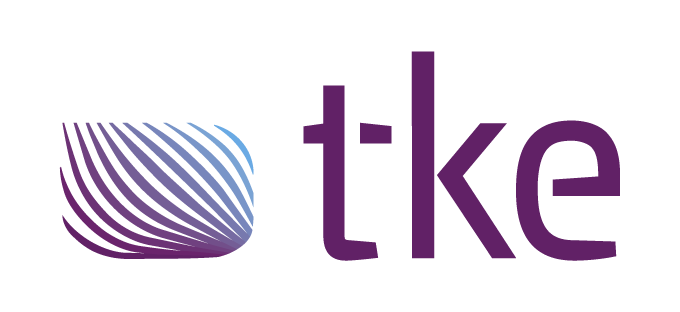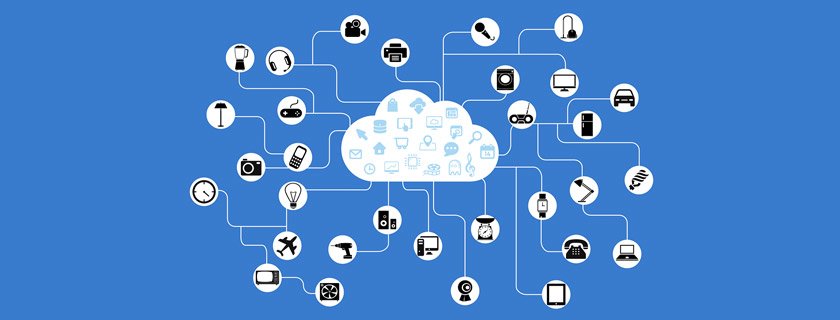Does your instrumentation support the new IoT services?
New IoT services
New core services in the domain of IoT concentrate on early detection of various exceptions in the target process. The earlier detection shall work, the smaller deviations shall be detected. Reliable identification automatically requires significant improvement in measurement accuracy. Most automation engineers have not identified, that the basic instrumentation needs to upgraded before the all new analytics can work as designed.
Diagnostics coverage
Traditional instrumentation approach with analog and digital I/O has been sufficient, when human operator was supervising the entire system. Human operators were able to interpreted the inaccurate measurements and detect exceptional behavior based on their experience together with try-and-error approach. Driving force in new early warning services is to get rid of human mistakes and improve detection performance. The first topic in the increased performance is an ability to unambiguously determine, whether the system infrastructure is capable of produce valid information or not. Traditional discrete I/O systems are able to detect small part of defects in the sensors and I/O-cabling, but there are plenty of room for undetected failure modes. Unfortunately sensor failures or signal values corrupted within the cabling cannot be corrected or even detected. Modern solution is to upgrade the basic instrumentation to use field buses for communication and sensors, actuators and processing platforms directly connected to field buses. In addition to the signal value update protocols, modern field buses support various services for monitoring system consistency and signal validity. As a result, field bus based instrumentation provides either valid information to the analytics or clear indications, which information is invalid or not available.
Dependable communication
Another consequence of unreliable, analog signal path is, that various deviations in the cabling introduces deviation to the process information. Typical failure modes cover leakage current between the signal wires and increased impedance of the signal wires. Leakage is most often caused by dirt or moisture in the connectors and increased impedance by worn or permanently deformed cables. In the case of analog instrumentation, symptoms of such failures equal to the valid signal values or sensor failure indications, which does not support the improved accuracy. Field bus communication is based on digital packet encoding with various safeguards, enabling dependable error detection. In a case of minor error in a transmission line, communication works almost normally. Only message error rate may be slightly increased and it is easy to monitor and is one source for early warnings of emerging transmission line problems. Major errors in a transmission line typically lead into lost communication. Modern field bus systems contain sufficient services for accurate identification of such problems and provide validity information for signals. Resulting information ensures, that the new analytics operate only with up-to-date and valid information or reports the more immediate and severe failures.
Maintainability IoT services
Modern field bus systems define so called device profiles, which are harmonized categories of most common sensors, actuators, I/O-devices, PLCs or gateways. Easiest way to list advantages is to take a pressure transmitter as an example. Device profile defines the core services with related parameters, which shall be supported by all vendors and products. Most safe is to utilize such services with and keep the entire market as a second source. Corresponding device profile also defines the default configuration for output signal, ensuring that as long as same measurement range is used, all devices are drop-in relaceable. Device identification played a key role in this game. Each device has its own, unique identity, which covers the all sub-versions. Within the scope of example, pressure transmitter identity includes the measurement range, enabling the system to verify that correct type of sensor is in use and prevent potentially dangerous misbehavior in the case of incompatible sensor. When the old 4..20mA sensors are considered, the output signal is mA, not pressure scaled into SI-units and there is no way to directly identify the measurement range. Obviously such may be found during odd system operation.
Scalability IoT services
Scalability is often required, by means of performance or features. Within the scope of pressure transmitter, entry level analytics may be implemented by using the lowest accuracy standard transmitters. When improved analytics require improved measurement accuracy, device profile compliance enables just replacing the sensor with a more accurate one. Such works, because accuracy can be identified based on the device identity and because the output signal is more universal and scaled to SI-units. If supported pressure range need to increased, procedure is just equal.
Manageability IoT services
Common statement is, that it shall be possible to analyze each part of system by multimeter. It sounds odd, because trend has long time been into higher availability of systems, when faster and more accurate diagnostics is required. Also remote diagnostics has been de-facto in many application areas for years. Such trends lead into requirement of remote connectivity, in which the field buses play a key role by providing standardized interfaces for efficient diagnostics performed flexibly either locally or remotely. Regarding spare part changes, better procedures are required in order to minimize system downtime. It is too easy with the analog sensors to use invalid spare part, which leads into repairs of repairs. Field bus equipped devices provide standardized interface for identification and configuration, enabling not only automated configuration management, but also device identification before further operation. Main result with proper tools is, that it is possible to detect mistakes early enough and reduce the downtime required for part changes.
Summary
This article briefly listed the main topics, why it really makes sense to upgrade the basic instrumentation before starting development of IoT service and analytics. There is no other options, because missing diagnostics and accuracy degraded during communication cannot be improved afterwards. Furthermore, modern instrumentation support the entire business with various features in purchasing, assembly, use and service. It is worth of remember, that it is not sufficient to change technologies – also operating procedures needs to be brought up-to-date. Did you find a need for improvement in your applications? Feel free to contact us and learn, how to get modern concepts into active use.



